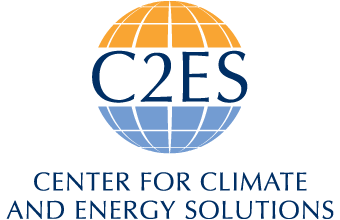

To date, the Sharm el-Sheikh Dialogues to enhance the understanding on the scope of Article 2.1(c) and its complementarity with Article 9 of the Paris Agreement (SeSD) have focused on mapping and sharing relevant ideas and Party practices. The dialogues are complemented by the ample technical work of the Standing Committee on Finance (SCF), emphasizing the wide variety of Party action that may relate to Article 2.1(c), which aims to make finance flows consistent with low greenhouse gas emissions and climate-resilient development.
Parties diverge in how they understand the scope of Article 2.1(c), limiting the potential for further technical work under the SeSD. This lack of clarity on scope may further complicate efforts to make finance flows consistent with low-emission, climate-resilient development pathways. Though not all Parties are of the same view, some have concerns that the lack of clarity on scope provides an opportunity to detract from responsibilities under Article 9 or that implementation without safeguards might result in unintended impacts.
In 2025, there will be two SeSD workshops and a subsequent report. Parties must then decide on the future of the SeSD at the 30th meeting of the Conference of the Parties (COP30). Parties adopted the new collective quantified goal (NCQG) at COP29 and will follow up on that work through the Baku to Belém Roadmap to 1.3T (the Roadmap). Overlaps in scope between the Roadmap and the SeSD, such as financial architecture reform, debt sustainability, and capital costs, highlight the need to avoid unnecessary duplication of efforts between work on Article 2.1(c) and delivering on the Roadmap.
In terms of next steps for Article 2.1(c) in 2026, options include: ending the SeSD, leaving countries to implement via Article 3 of the Paris Agreement; pursuing collective progress towards Article 2.1(c) through transparency efforts; continuing dialogues in their current format; or shifting the dialogues into a more structured conversation with time-bound objectives to agree, for example, a shared understanding of scope.